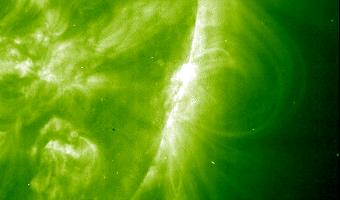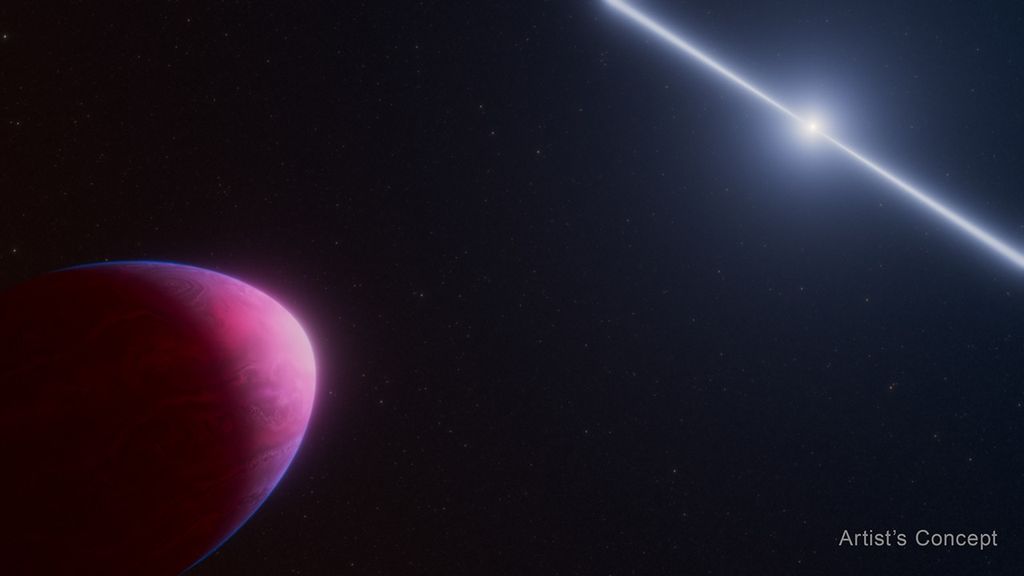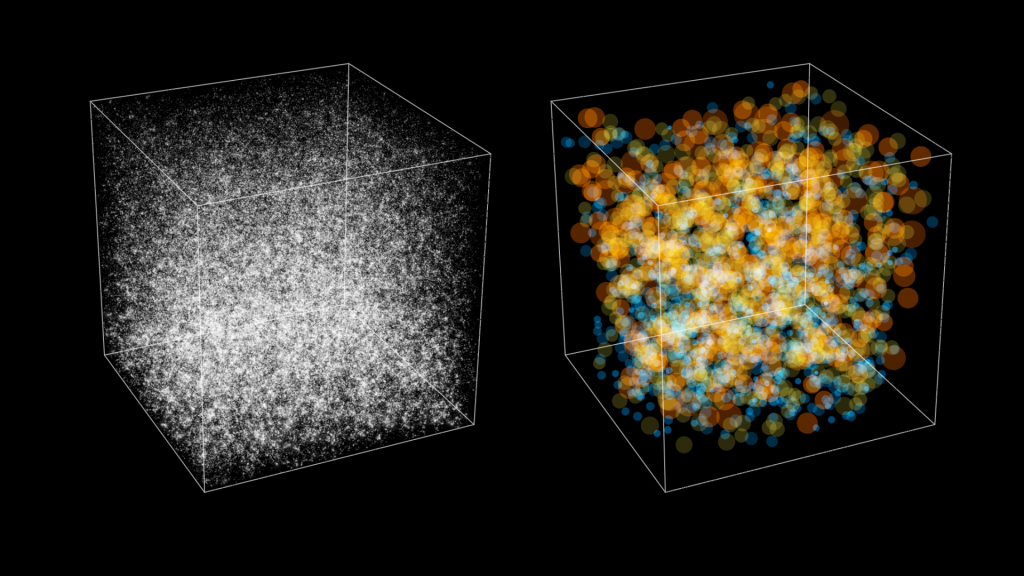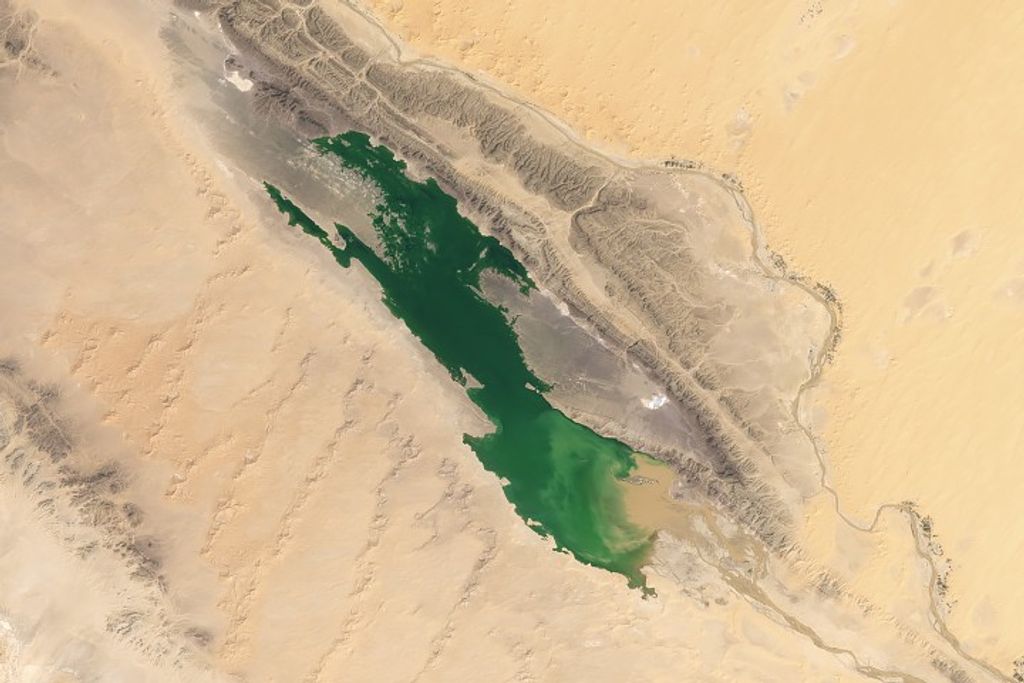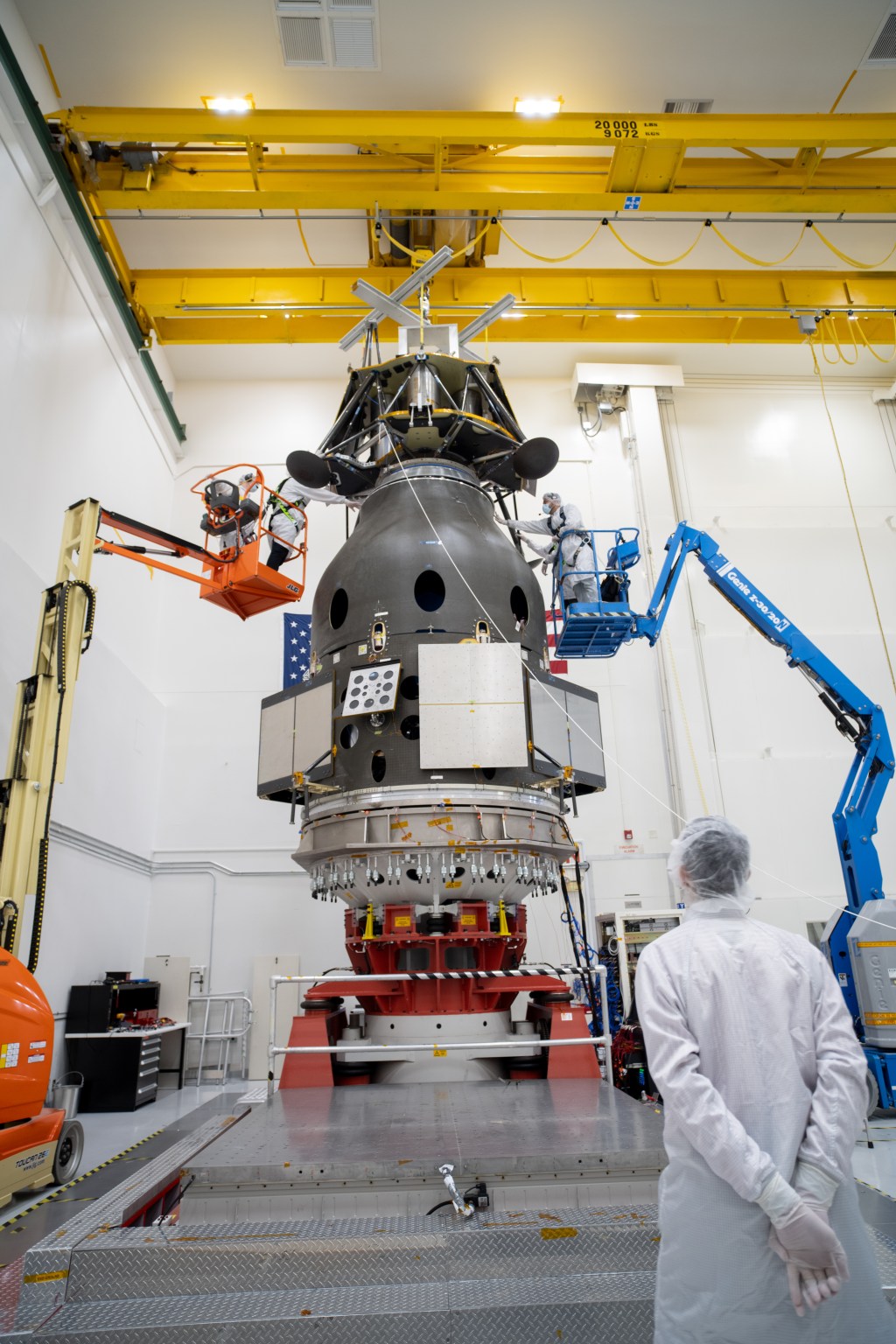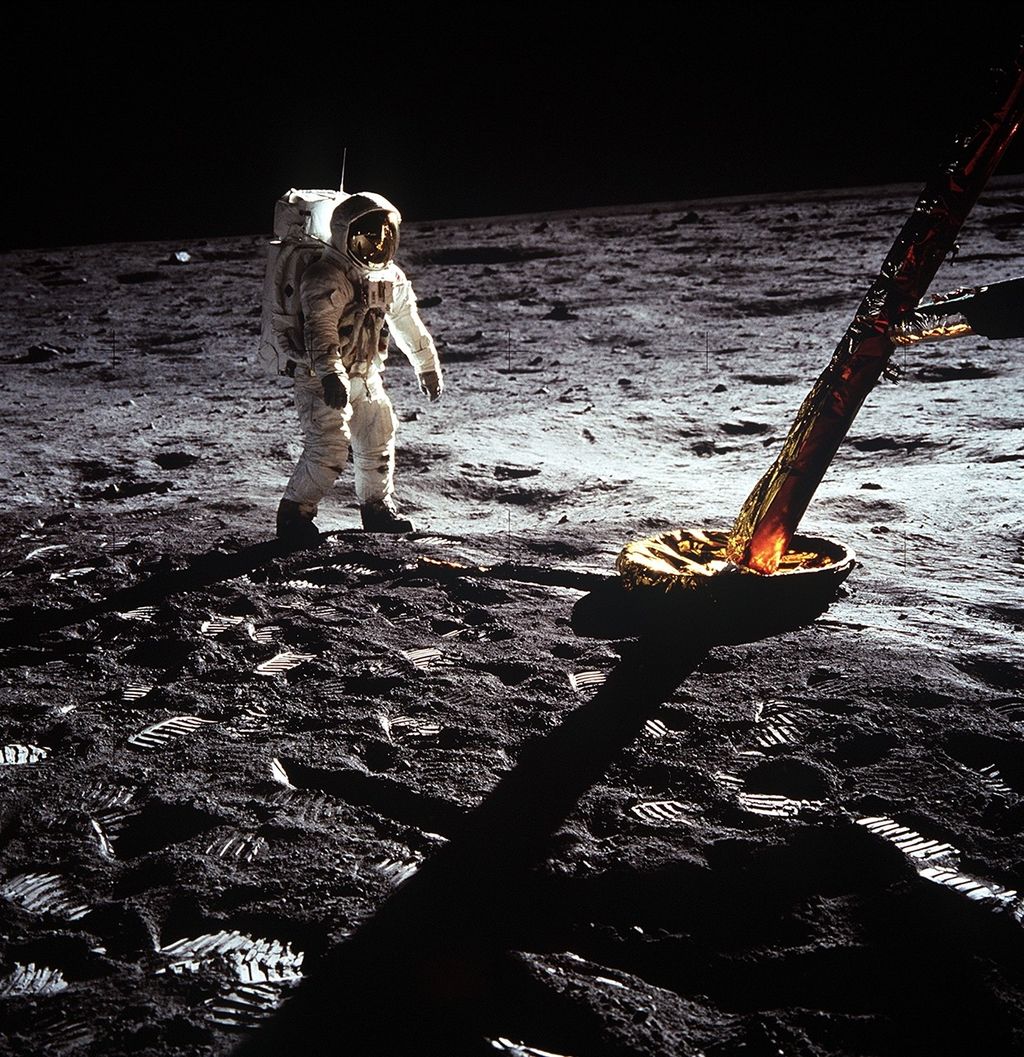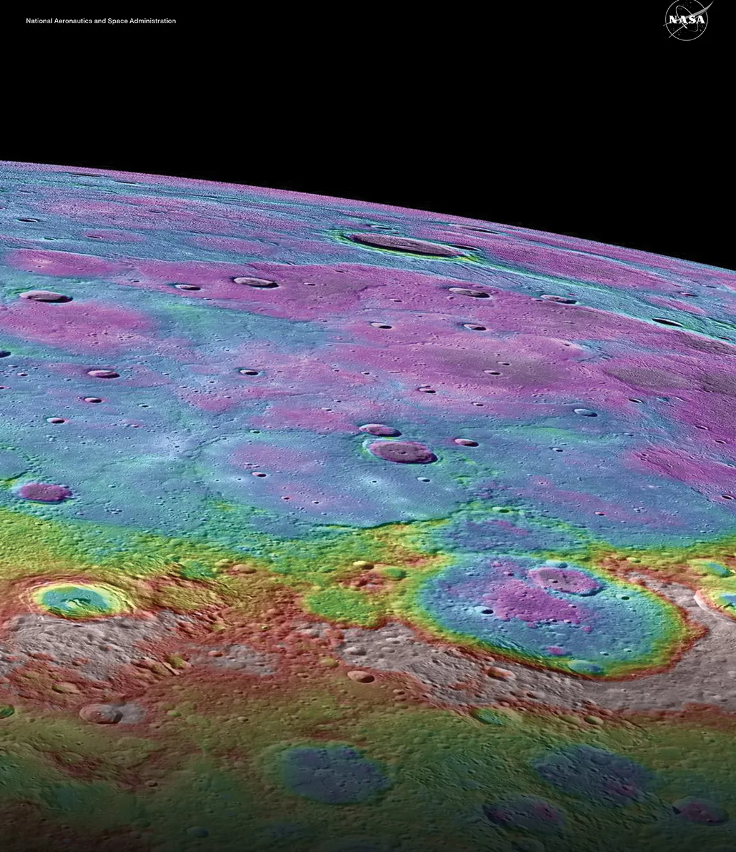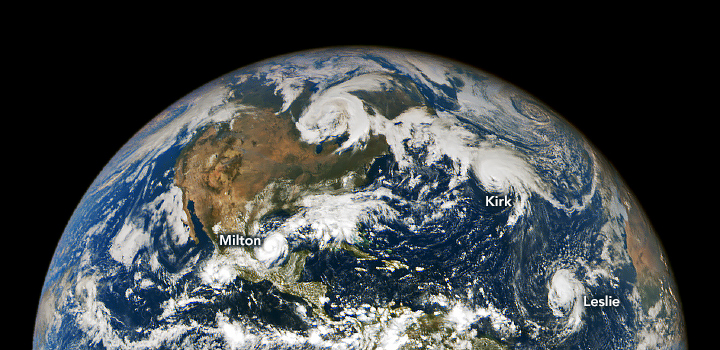Heliophysics Big Idea 2.1
Framework for Heliophysics Education
Quick Facts
Life on Earth has evolved with complex diversity because of our location near the Sun. It is just right!
Guiding Questions
-
Introductory Learner (K-5)
How can life exist on Earth?K-LS1-1. Use observations to describe patterns of what plants and animals (including humans) need to survive.
2-LS2-1. Plan and conduct an investigation to determine if plants need sunlight and water to grow.
5-LS1-1. Support an argument that plants get the materials they need for growth chiefly from air and water. -
Intermediate Learner (6-8)
How does energy from the Sun support life on Earth?MS-PS4-2. Develop and use a model to describe that waves are reflected, absorbed, or transmitted through various materials.
MS-LS1-6. Construct a scientific explanation based on evidence for the role of photosynthesis in the cycling of matter and flow of energy into and out of organisms.
MS-LS2-3. Develop a model to describe the cycling of matter and flow of energy among living and nonliving parts of an ecosystem. -
Advanced Learner (9-12+)
Does life exist on other planets?HS-ESS2-2. Analyze geoscience data to make the claim that one change to Earth's surface can create feedbacks that cause changes to other Earth systems.
HS-ESS2-5. Plan and conduct an investigation of the properties of water and its effects on Earth materials and surface processes.
HS-ESS2-7. Construct an argument based on evidence about the simultaneous coevolution of Earth’s systems and life on Earth.
HS-LS1-5. Use a model to illustrate how photosynthesis transforms light energy into stored chemical energy.
HS-LS1-6. Construct and revise an explanation based on evidence for how carbon, hydrogen, and oxygen from sugar molecules may combine with other elements to form amino acids and/or other large carbon-based molecules.
HS-LS1-7. Use a model to illustrate that cellular respiration is a chemical process whereby the bonds of food molecules and oxygen molecules are broken and the bonds in new compounds are formed, resulting in a net transfer of energy.

Related Topics By Level For Communicating Heliophysics
Atmosphere
What should learners know about this topic at each level?
Introductory: Our atmosphere consists of 21% oxygen, 78% nitrogen and 0.9% argon. There is also an important trace gas called carbon dioxide. Without it, our planet would be too cold for liquid water and life.
Intermediate: The atmosphere is a gaseous envelope surrounding and protecting our planet from the intense radiation of the Sun and serves as a key interface between the terrestrial and ocean cycles. Its inner layers closest to the surface are responsible for clouds and weather, while the outer layers above the stratosphere include the ozone layer, which protects life from ultraviolet light. Our atmosphere shields us from all solar radiation in the x-ray and gamma-ray bands of the EM spectrum, and some of the ultraviolet light. It also shields us from many forms of infrared and radio wavelength light.
Advanced: Our atmosphere does not have the same density and temperature at all heights. It is heated by absorbing radiation from the sun, and its ozoine layer blocks nearly all ultraviolet light. The upper stratosphere is strongly affected and heated by solar activity that produces x-rays. Its temperature and thickness is highest during sunspot maximum when the sun is most active.
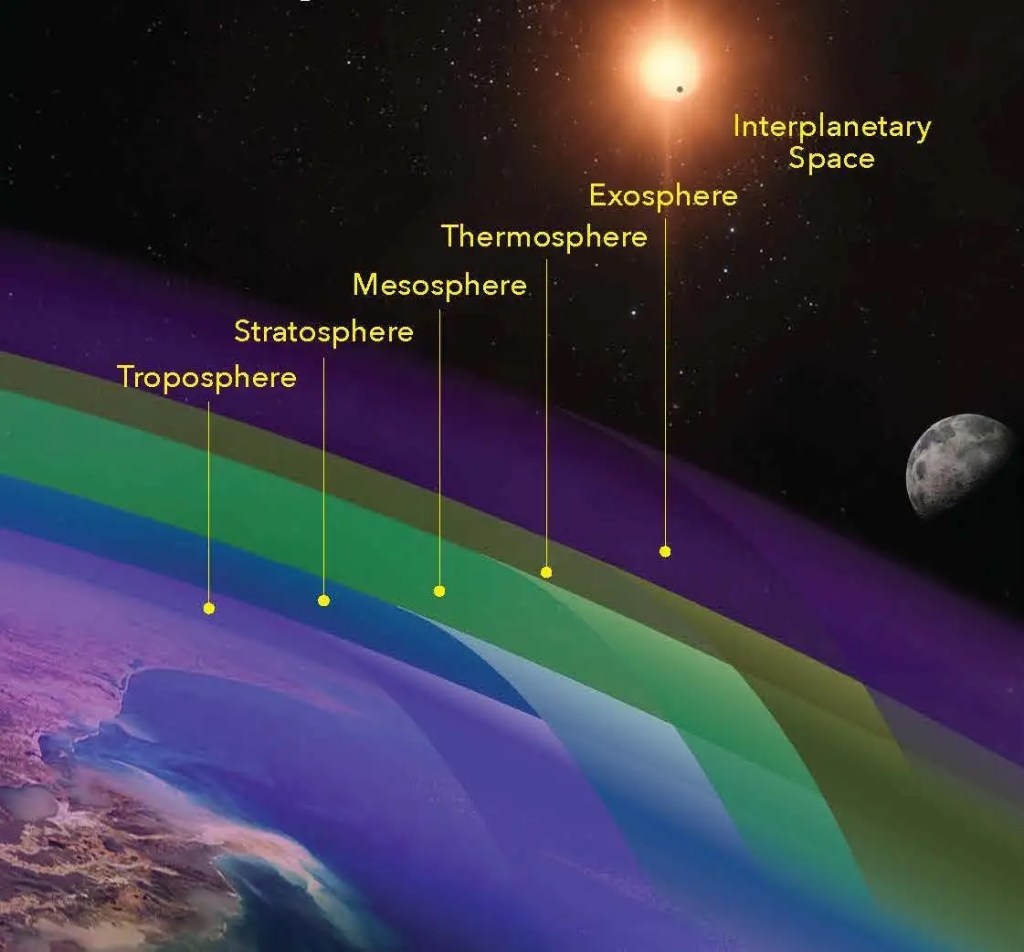
Biosphere
What should learners know about this topic at each level?
Introductory: The biosphere includes all life on Earth, from the roots of plants to humans, from ocean depths to mountaintops. Plants, animals and human beings need the Sun in order to live. The Sun gives of light and produces energy.
Intermediate: The biosphere supports almost every aspect of human well-being and distinguishes Earth from other planets in our solar system. NASA data have changed the way we study life on Earth. Data on vegetation health, primary productivity, evapotranspiration, forest structure, and ocean chlorophyll provide insight into the health and productivity of the biosphere. The Sun is the only star we know of that supports a planet with a biosphere.
Advanced: During the daytime, X-rays and extreme ultraviolet rays from the Sun and galactic cosmic rays ionize Earth’s upper atmosphere, creating Earth’s ionosphere; the largest daytime contribution is from high-energy electromagnetic radiation from the Sun. At night, only cosmic rays ionize Earth’s upper atmosphere to create the ionosphere. The definition of “habitable zone” is the distance from a star at which liquid water could exist on orbiting planets’ surfaces. This is where conditions might be just right – neither too hot nor too cold – for life. While Venus, Earth, and Mars exist within the habitable zone around the Sun, only the conditions and ingredients on Earth allowed for life to evolve and flourish, most importantly the presence of water.
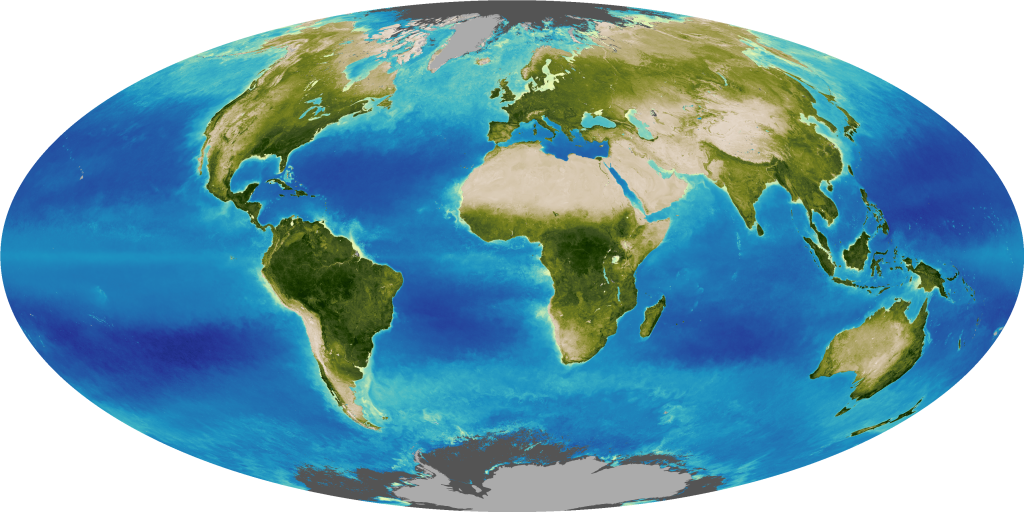
Energy
What should learners know about this topic at each level?
Introductory: The Sun warms the land, air, and water because these materials absorbe the sunlight energy that falls upon them. Sunlight can be converted into electricity using solar panels as a way to run many devices.
Intermediate: There are a great variety of electromagnetic waves: radio waves, microwaves, infrared waves, visible light, ultraviolet rays, X-rays, and gamma rays. These wavelengths vary from radio waves, the longest, to gamma rays, the shortest. Energy in solar processes moves and changes form. Electrical energy can be generated from sunlight, and can be transformed into almost any other form of energy. Energy from the Sun is available indefinitely.
Advanced: Sunlight is the ultimate source of most of the energy we use. The energy in fossil fuels such as oil and coal comes from energy that plants captured from the Sun long ago. Solar panels absorbe sunlight and convert it directly into electricity. On the Sun, magnetic fields contain stored energy, which in a process called magnetic reconnection, can be released to heat up and accelerate local plasma.
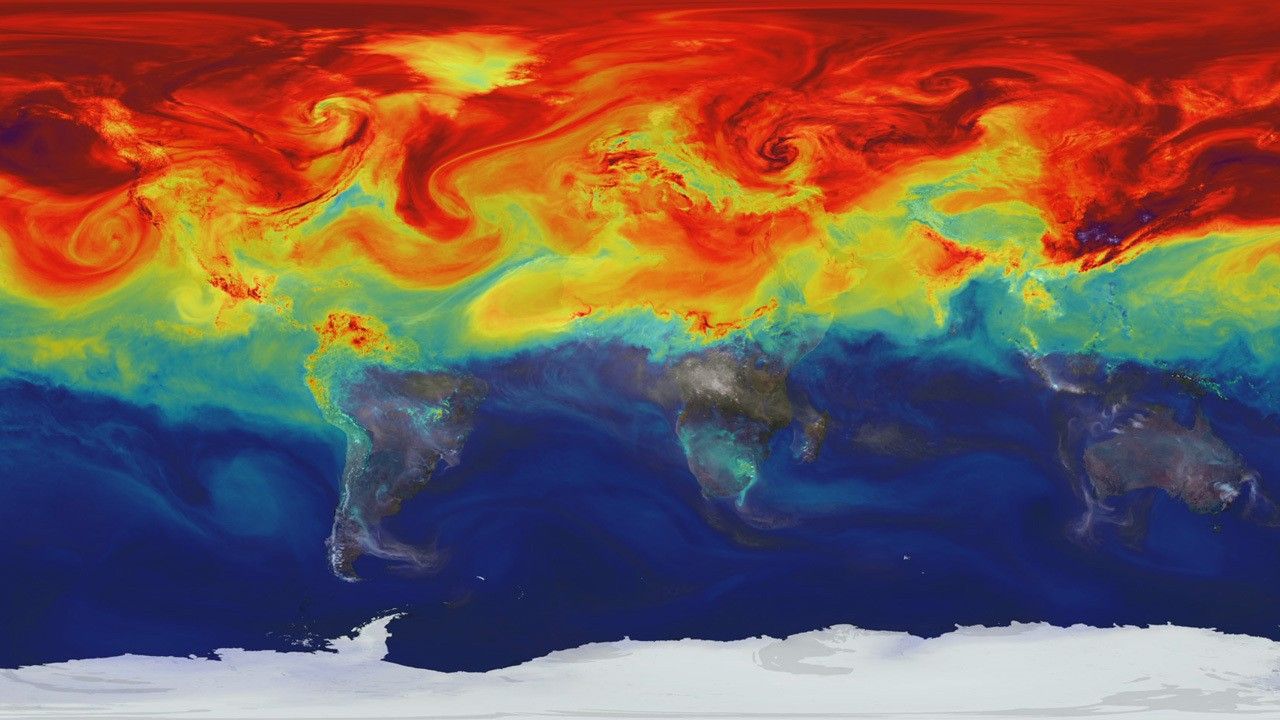
Habitable Zone
What should learners know about this topic at each level?
Introductory: The biosphere includes all life on Earth, from the roots of plants to humans, from ocean depths to mountaintops. Plants, animals and human beings need the Sun in order to live. The Sun gives of light and produces energy.
Intermediate: The biosphere supports almost every aspect of human well-being and distinguishes Earth from other planets in our solar system. NASA data have changed the way we study life on Earth. Data on vegetation health, primary productivity, evapotranspiration, forest structure, and ocean chlorophyll provide insight into the health and productivity of the biosphere. The Sun is the only star we know of that supports a planet with a biosphere.
Advanced: During the daytime, X-rays and extreme ultraviolet rays from the Sun and galactic cosmic rays ionize Earth’s upper atmosphere, creating Earth’s ionosphere; the largest daytime contribution is from high-energy electromagnetic radiation from the Sun. At night, only cosmic rays ionize Earth’s upper atmosphere to create the ionosphere. The definition of “habitable zone” is the distance from a star at which liquid water could exist on orbiting planets’ surfaces. This is where conditions might be just right – neither too hot nor too cold – for life. While Venus, Earth, and Mars exist within the habitable zone around the Sun, only the conditions and ingredients on Earth allowed for life to evolve and flourish, most importantly the presence of water.
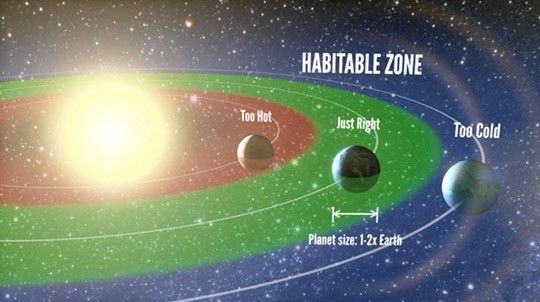
Light
What should learners know about this topic at each level?
Introductory: Electromagnetic energy travels in waves from very long radio waves to very short gamma rays. Humans can only see visitble light. When you tune your radio, watch TV, send a text message, or pop popcorn in a microwave oven, you are using electromagnetic energy. NASA's scientific instruments use the full range of the electromagnetic spectrum to study the Earth, the solar system, and the universe beyond.
Intermediate: Spectroscopy is the science of reading light to determine the size, distance, spin and chemical composition of distant objects in space. There are a great variety of electromagnetic waves: radio waves, microwaves, infrared waves, visible light, ultraviolet rays, X-rays, and gamma rays. These wavelengths vary from radio waves, the longest, to gamma rays, the shortest. The Sun emits all these types of electromagnetic waves, though in different amounts for various wavelengths. NASA spacecraft use spectrometers to study the composition, physical structure and electronic structure of matter at the atomic, molecular and macro scale, and over astronomical distances.
Advanced: Life is adapted to conditions on the Earth, including an intensity of electromagnetic waves from the Sun that allows water to be present in the liquid state. When electrically charged objects undergo a change in motion, they produce electromagnetic waves around them. Magnetic forces are very closely related to electric forces and are thought of as different aspects of a single electromagnetic force. Moving electrically charged objects produces magnetic forces and moving magnets produces electric forces. In empty space, all electromagnetic waves move at the same speed - the speed of light.
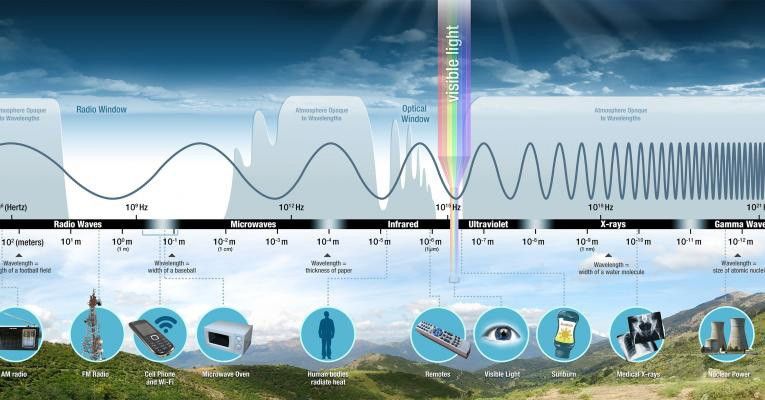
Magnetosphere
What should learners know about this topic at each level?
Introductory: Earth’s magnetic field is created deep within its core and extends out into space, just as the magnetic field of a toy magnet does. Within this magnetic field, charged particles are affected and feel a magnetic force as they move. This region of space near Earth, where Earth’s magnetic field controls the movement of matter is called the magnetosphere.
Intermediate: in our solar system, several planets, including Earth, and even one of Jupiter’s moons have magnetospheres. Magnetospheres of planets have a “teardrop” or ice cream cone shape, with a rounded, shorter end created as the Sun’s material pushes against the magnetic field and a long tail (magnetotail) trailing away on the other side. Like a windsock near a breezy airport runway, Earth’s magnetotail flaps back and forth in the gusty solar wind. The immense magnetotail of Earth fluctuates in length and can measure hundreds of Earth radii, far past the moon’s orbit at 60 Earth radii. Electric currents in the earth’s interior give the earth an extensive magnetic field, which we detect from the orientation of compass needles. The Earth’s magnetosphere shield our planet from some types of solar particles.
Advanced: A magnetosphere is formed when the solar wind interacts with and is deflected by the magnetic field of a planet or other body. Earth’s magnetic field is important for life on our planet. Earth’s space environment (ionosphere, upper atmosphere, and magnetosphere) changes with time, and understanding those changes helps us ease any negative effects those changes might have on Earth-based and space-based systems. Space explorers, both human and robotic, encounter extreme environments outside our magnetosphere and need to be able to adapt to them.
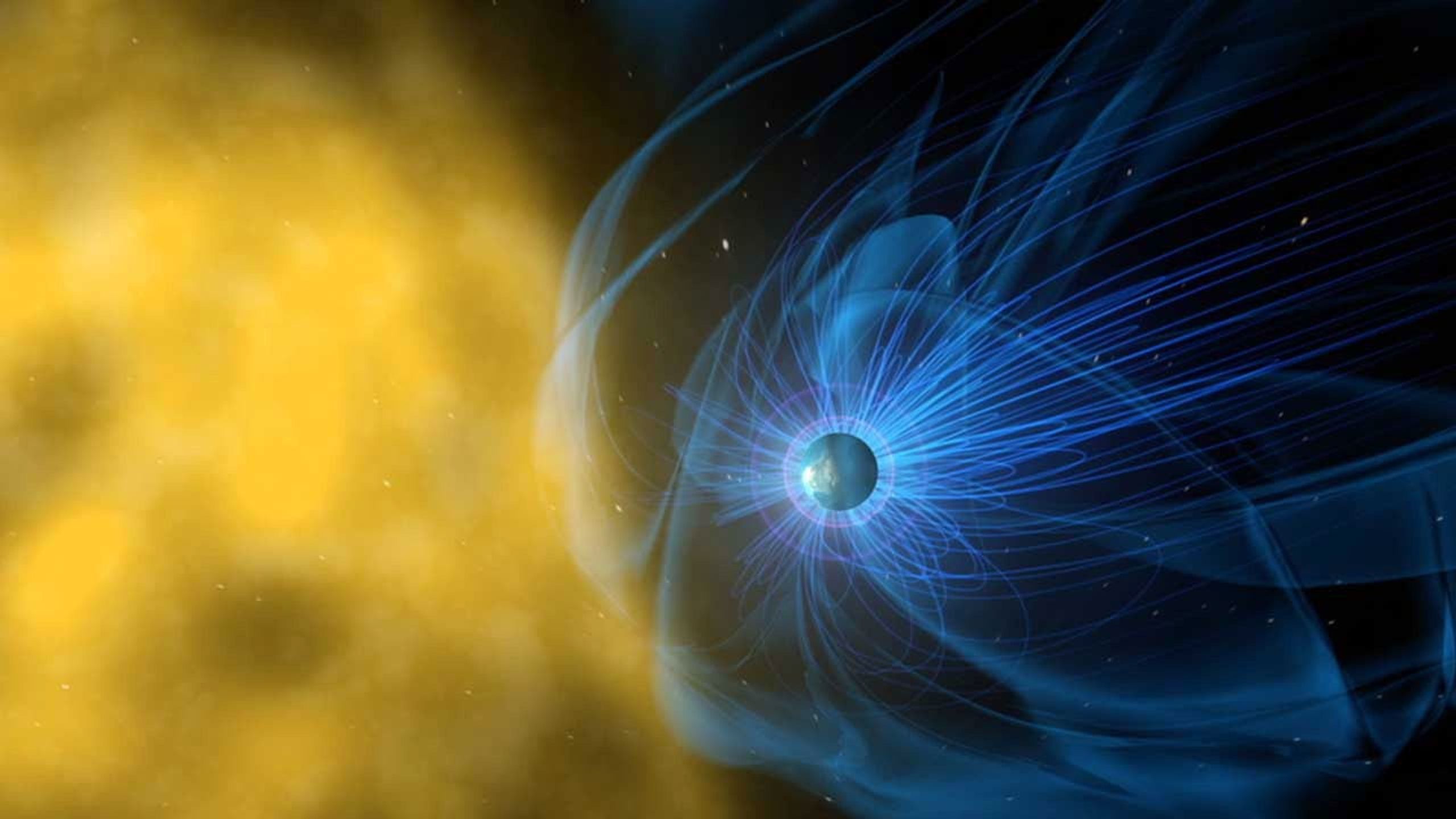
Photosynthesis
What should learners know about this topic at each level?
Introductory: Plants grow and thrive through photosynthesis, a process that converts sunlight into energy.
Intermediate: Photosynthesis is the process by which plants use sunlight, water, and carbon dioxide to create oxygen and energy in the form of sugar.
Advanced: During photosynthesis, plants emit what is called fluorescence – light invisible to the naked eye but detectable by satellites orbiting hundreds of miles above Earth. NASA scientists have now established a method to turn this satellite data into global maps of the subtle phenomenon in more detail than ever before.
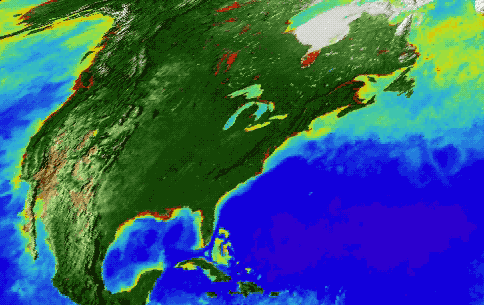
Radiation
What should learners know about this topic at each level?
Introductory: Outside the protective cocoon of the Earth’s atmosphere is a universe full of radiation – it is all around us. Radiation can be created by humans (microwaves, cell phones, radios, light bulbs, diagnostic medical applications such as x-rays) or naturally occurring.
Intermediate: Radiation is a form of energy that is emitted in the form of rays, electromagnetic waves, and/or particles. Most of the radiation that the Sun emits is in the form of visible light. Energy appears in different forms and can be transformed and transported within the Sun’s system.
Advanced: Naturally occuring sources of radiation are the Sun, radioactive elements in the Earth’s crust, radiation trapped in the Earth’s magnetic field, stars, and other astrophysical objects like quasars or galactic centers). In some cases, radiation can be seen (visible light) or felt (infrared radiation), while other forms—like x-rays and gamma rays—are not visible and can only be observed with special equipment. Space radiation is different from the kinds of radiation we experience here on Earth. Space radiation is comprised of atoms in which electrons have been stripped away as the atom accelerated in interstellar space to speeds approaching the speed of light – eventually, only the nucleus of the atom remains.
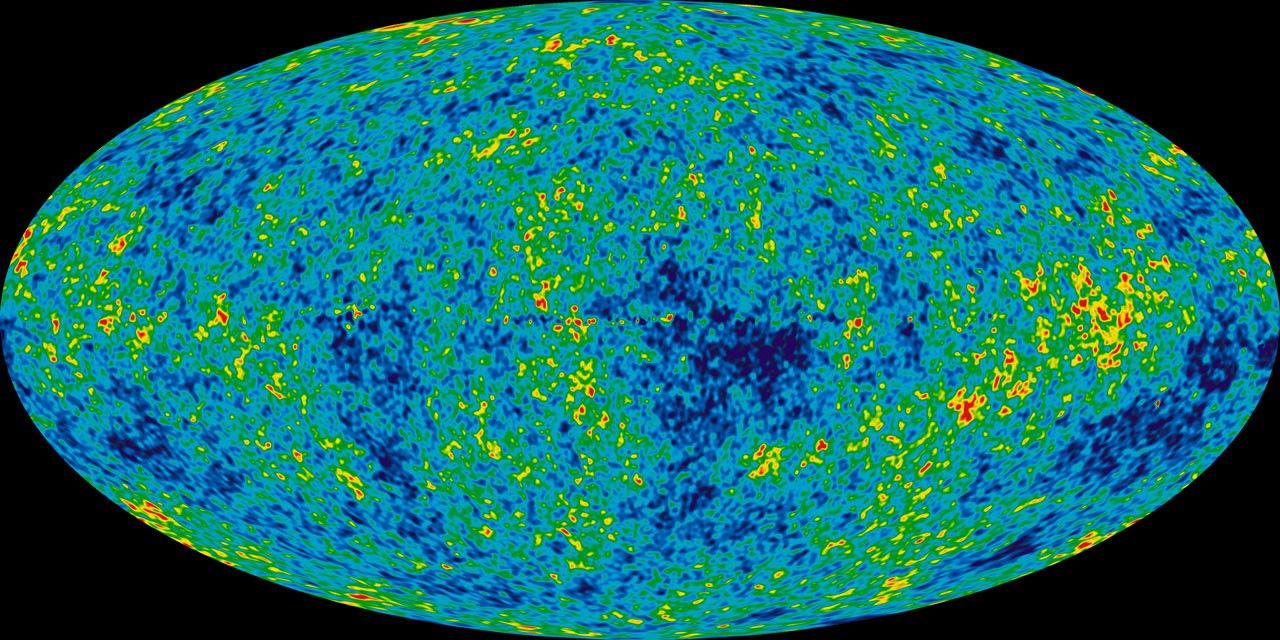
Heliophysics Resource Database
Use the guiding questions above to explore resources at each level or go directly to our database to search for resources by level, NGSS performance expectation, topic, and mission.
Resource Database